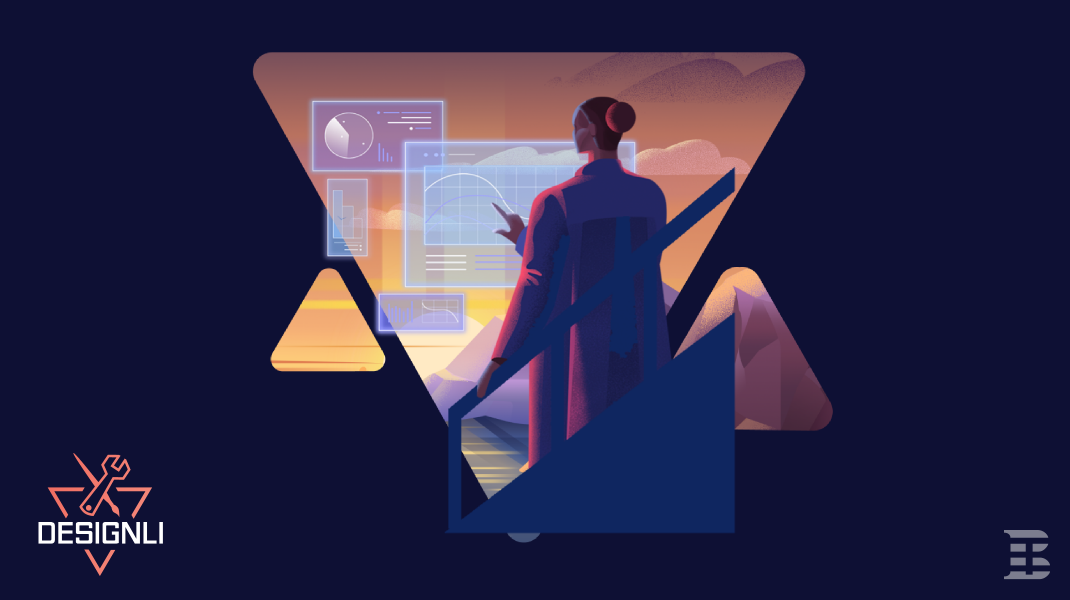The Pocket Guide to Choosing the Best Tech Stack for Your Product

Building software? Your tech stack is the foundation—the languages, tools, and frameworks that bring your vision to life. A wrong choice here can lead to delays, performance issues, or even a product that misses the mark.
This guide cuts through the jargon, offering best practices, insights into popular technologies, and a roadmap to choose the stack for your unique needs. Whether you're launching a startup or scaling an enterprise, navigate the tech stack maze with confidence.
What is a Tech Stack?
A tech stack refers to all the technologies used to build your application in software development. These include programming languages, front-end and back-end tools, frameworks, APIs, libraries, and databases. Other services, like cloud infrastructure, are also part of the tech stack umbrella. Each layer of the stack serves an essential product purpose.
Best Practices for Building a Tech Stack
Emphasize Stability Over Scale: Gaining user trust is invaluable, especially early on. Opt for a reliable tech stack that supports an excellent user experience. Simplifying your idea to the essentials and focusing on initial users can help you avoid choosing complex, feature-packed tech stack options.
Define MVP or Product Requirements: Define your Minimum Viable Product (MVP). You can choose the right technologies once you know which features to include in your app. Opting for flexible, adaptable technologies over more rigid ones can prepare your product for future growth.
Establish a Realistic Timeline: Consider budget and timing restrictions. Also, consider what can be maintained beyond your initial product launch.
Consider Scalability: Flexible, adaptable technologies can prepare your product for future growth.
Popular Tech Stack Solutions
The choice of one technology over another can have important implications. Trendier programming languages can attract developers, while unfashionable ones can make hiring harder. Older ones tend to have extensive documentation and robust communities but may present important limitations.
Understanding your options and the tradeoffs of each can simplify your tech stack decision. Let’s look at some of the most popular solutions for app development.
Front-End Solutions
A front-end solution determines anything that the end-user can interact with, from the colors of the user interface to the way a switch slides.
-
HTML and CSS: These popular coding languages work together to create web page structure (HTML) and styling (CSS).
-
JavaScript: Interactive elements of a web page, such as buttons, animations, and other dynamic features, are usually written in JavaScript.
-
Frameworks and Libraries: Developers often use frameworks and libraries—bundles of pre-written code—to speed up development time. Popular JavaScript-based options include React Native, Angular, and Vue.js.
Back-End Solutions
The back end, or server side, refers to essential functional infrastructure. This can include databases, servers, and frameworks.
-
Databases: Most applications use a SQL or NoSQL database. Examples of SQL databases include MySQL, MariaDB, and Oracle. Some popular NoSQL databases are MongoDB and Cassandra.
-
APIs: An API serves as a connection that allows two pieces of software to communicate. Popular backend APIs enable apps to pull in mapping, payment, or speech recognition services. Some examples include the MapBox, Stripe, and Web Speech APIs, among many others.
-
Frameworks: Back-end frameworks like Node.js, Django, Ruby on Rails, and Spring Boot are all popular options to offer developers a structured, tested, and efficient way to build back-end applications.
-
Programming Languages: Popular backend programming languages include JavaScript, Java, Python, PHP, and Ruby. Each has pros and cons, depending on the type of application you plan to build.
Cloud Solutions
The cloud tech stack architecture goes hand-in-hand with the agile development method and includes infrastructure, platforms, and software.
-
Cloud Infrastructure: A product's Cloud infrastructure will include a cloud network, servers, and storage. Popular providers include Amazon Web Services (AWS), Google Cloud, and Microsoft Azure.
-
Cloud Platforms: Cloud Platforms allow teams to incorporate cloud services into development, test, and build cloud-based applications. Using cloud platforms can speed up development and create economies of scale.
-
Cloud Software: A cloud tech stack's cloud layer centers around data consumption. Sometimes, a product leverages cloud software to enhance its functionality or features. These might include connecting to applications in a CRM or HRM.
Final Thoughts on Choosing a Product Tech Stack
Choosing your tech stack is a push-and-pull process, requiring you to weigh the strengths and weaknesses of many options. Precise requirements and focusing on the initial user experience can help refine your choices and guide you toward the best ones. Often, support from an experienced development partner is your best resource to help you land on your ideal tech stack.
Designli is a user-centric development approach and extensive experience helps clients build an ideal tech stack. Whether launching a startup, creating a custom enterprise solution, or just needing someone to help you flesh out a big idea, Designli can help. Visit Designli to learn more.